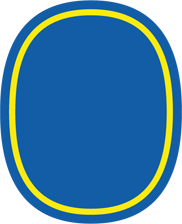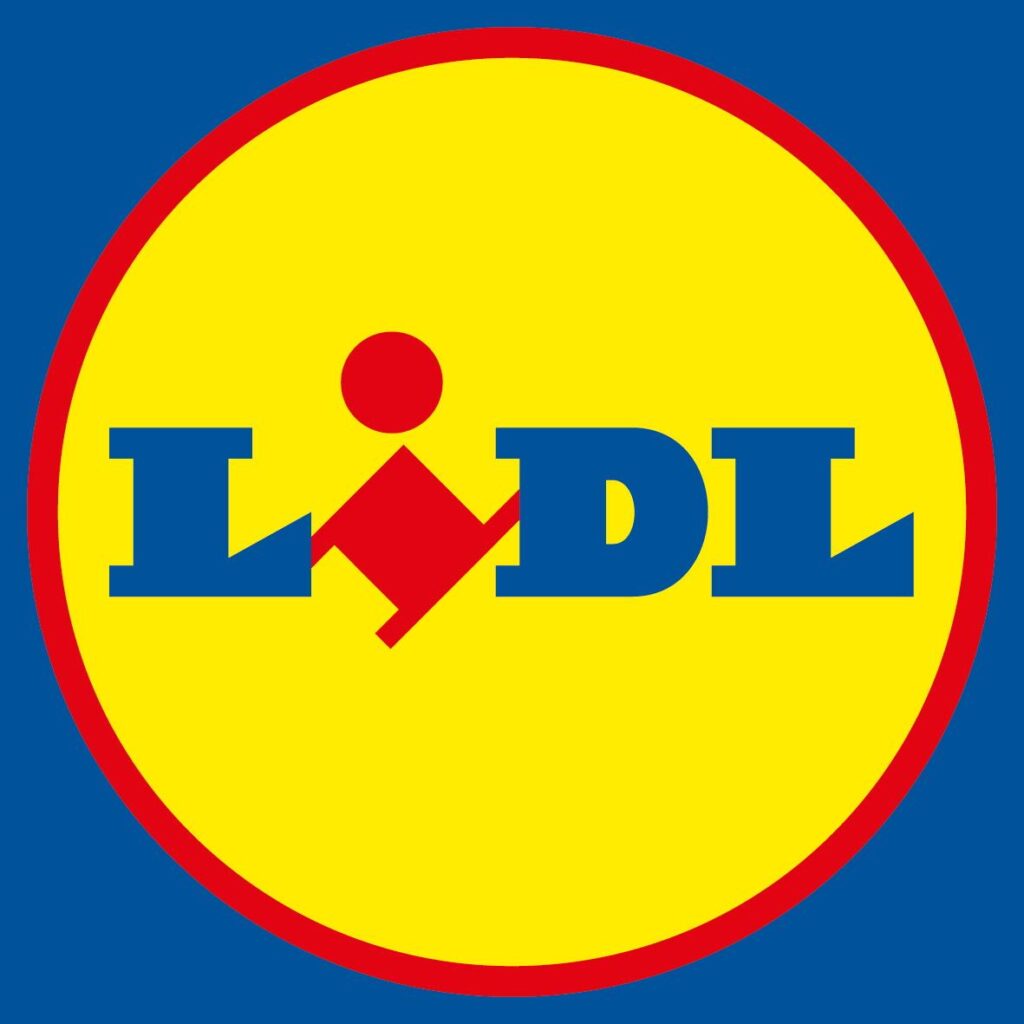
Trademark Strategy in Practice: Lessons from Chiquita, Lidl and Walmart
When Word and Image Come Together — or Don’t.
Logos are the visual essence of a brand — creating recognition, trust and competitive distinction. But how should you legally protect a logo composed of both a word element and a visual background? Two sets of recent decisions by EU institutions — one involving Chiquita, the others involving Lidl — offer important strategic lessons.
Case 1: Chiquita – When an image alone falls short
The EU General Court ruled (T-426/23, for more details, see ECTA Bulletin March 2025 or click here in our LBP Blog) that Chiquita’s blue-yellow oval lacked distinctiveness and could not function as a stand-alone EU trademark.


While recognizable as part of the brand’s identity when combined with the name, the simple shape and colors were seen as too generic — especially in the fruit industry. Chiquita also failed to prove that the shape had acquired distinctiveness on its own across the EU.
Case 2: Lidl – When the image endures beyond the word
Tesco tried to revoke Lidl’s figurative marks (C 48 720, C 48 730, C 48 746, for more details, see the post here in our LBP Blog) showing only the colored circle from its logo — arguing they were never used on their own.


But the EUIPO held that use of the full logo (with the word “LIDL”) could count as genuine use of the image, as long as the figurative part remained independently distinctive.
While protection for some services was lost due to lack of evidence, Lidl kept rights in core retail areas.
Case 3: Walmart – When the Image Gets Overshadowed
In 2025, the EUIPO Board of Appeal dealt with Walmart’s so-called ‘spark’ logo — six thick lines arranged in a circular shape, evoking a sun or stylized flower (R1261/2024-5 of 26 February 2025).


Registered in 2009, the logo faced cancellation for non-use in 2023. Walmart submitted evidence such as screenshots from its website, witness statements, and photos from ASDA retail sites in the UK.
However, the Board found this insufficient. The spark element rarely appeared on its own; instead, it was nearly always shown with the word ‘ASDA’, and in such a way that the image lost its independent character — blurring visually with the typography. Where the logo did appear alone (e.g., on walmart.com), the evidence was either undated, from outside the EU, or failed to link to specific goods or services.
The result: the figurative trademark was revoked for lack of genuine use.
Strategic Lessons from all Three Cases
Together, these three cases highlight key principles for trademark practice:
1. Registration Isn’t Enough — Use Matters
Chiquita failed due to lack of distinctiveness; Walmart due to lack of effective use. Lidl prevailed by demonstrating that the image retained visibility and source-indicating function even in combined use.
→ Tip: Make sure logos are used in ways that keep all elements visible and legally effective.
2. Combined Use May Work — But Only If the Image Stands Out
Lidl’s image stood strong despite being used with the word mark. Walmart’s did not—because it merged too closely with ‘ASDA’.
→ Tip: Don’t let your logo’s image get lost or overdesigned within a wordmark.
3. Evidence Must Be EU-Relevant
The Walmart decision shows that even strong brand presence abroad means little if there’s no clear use in the EU tied to specific goods/services.
→ Tip: Gather location-specific, dated, and product-linked evidence regularly
Final Thought: Distinctiveness Needs Support
Chiquita, Lidl and Walmart illustrate how abstract logos live or die by their execution. Protection begins at registration — but depends on documentation, strategy and clarity in use. Don’t assume your logo will speak for itself. Make it legally heard.
Checklist for Brand Owners:
[ ] Register as word, figurative, and combined marks?
[ ] Is the visual component unique enough?
[ ] Does the image function independently as a brand identifier?
[ ] Is your use documented and tied to specific goods/services within the EU?
Please feel free to contact us if you have any questions.
Or read our articles on this topic “Trademark? BANANA! When Figurative Marks Aren’t Enough” and “No Words, but Still Making a Mark – Lidl Defends Its Figurative Logo” here in our LBP Blog.

Dietrich Blumenröhr
Patent Attorney